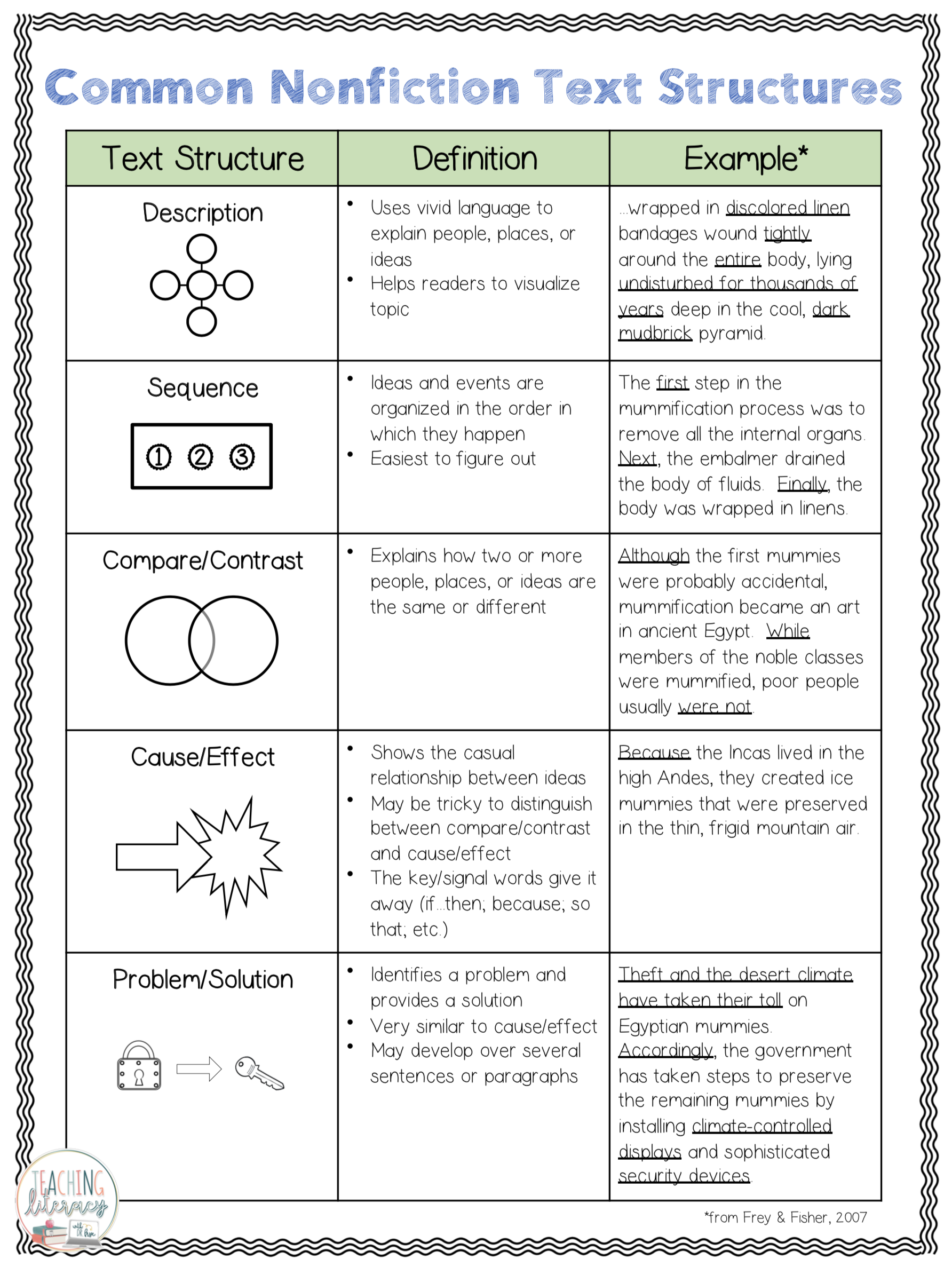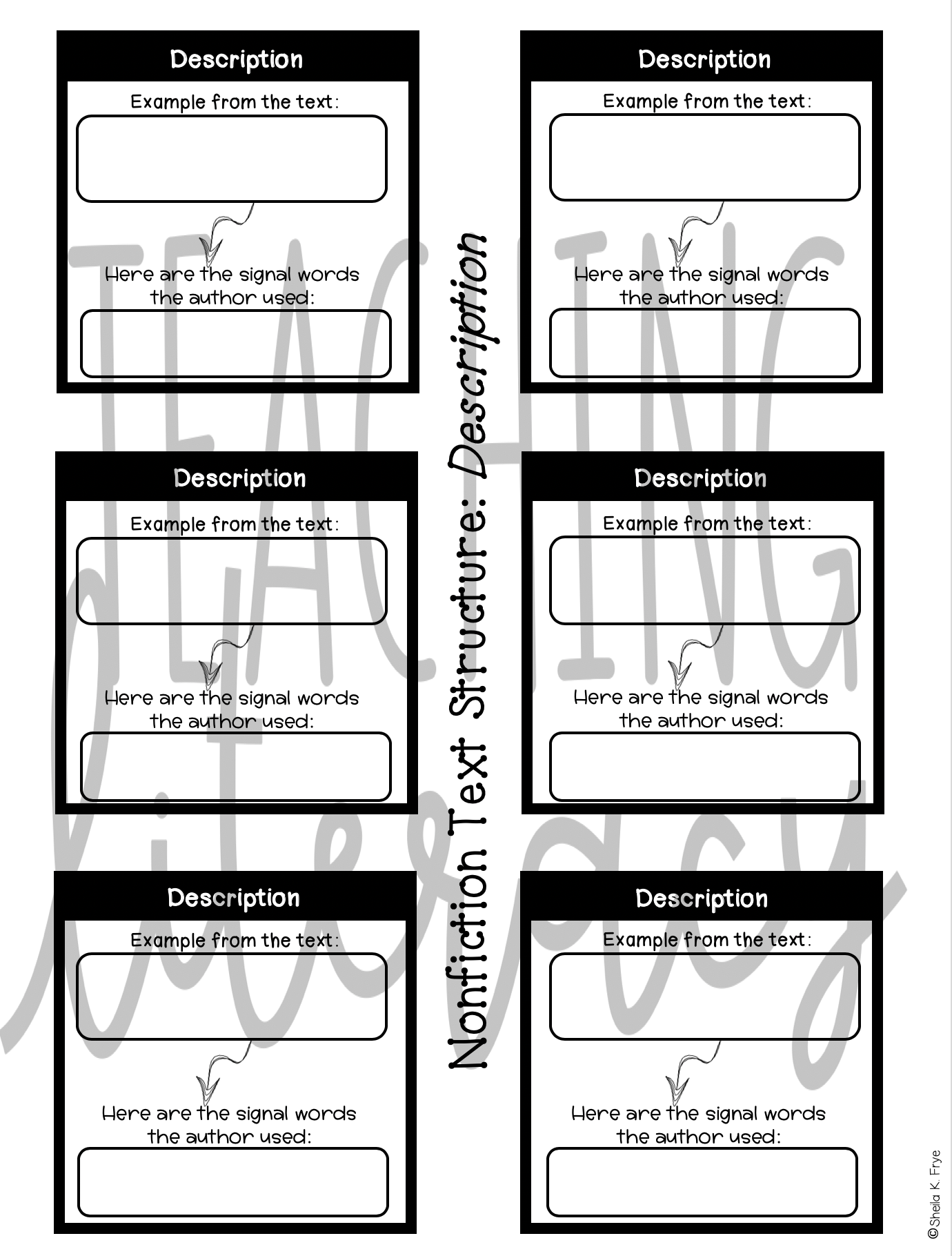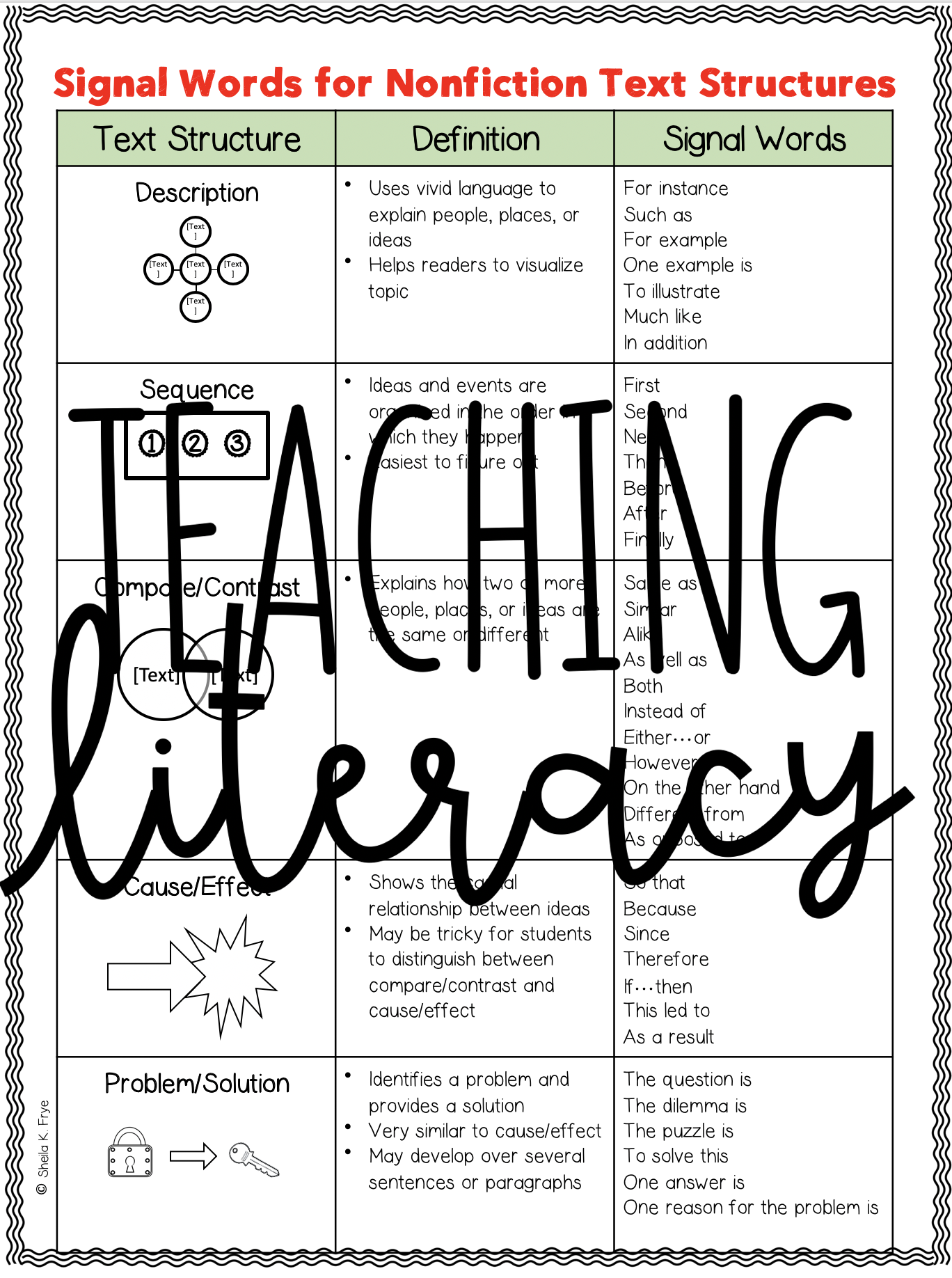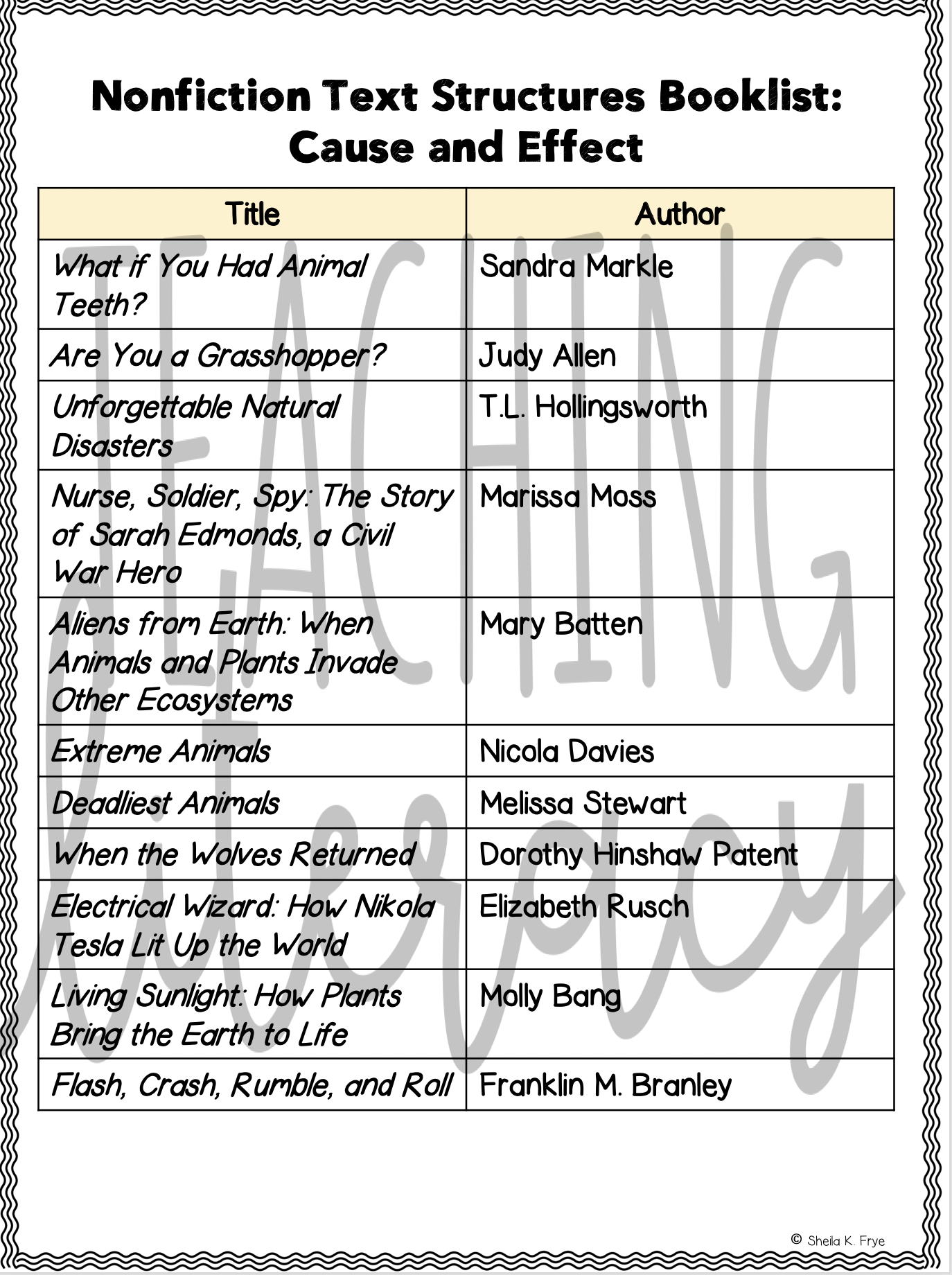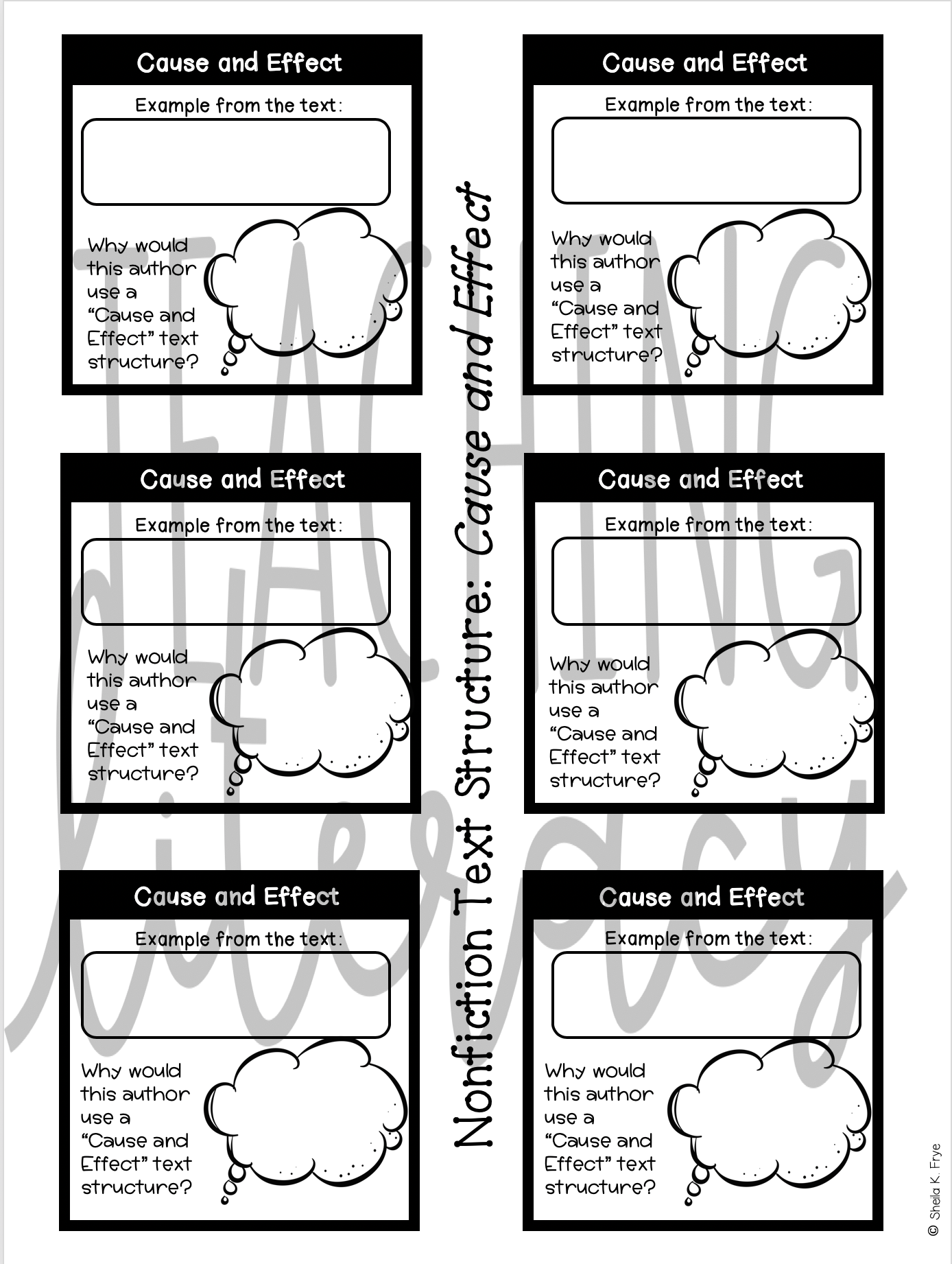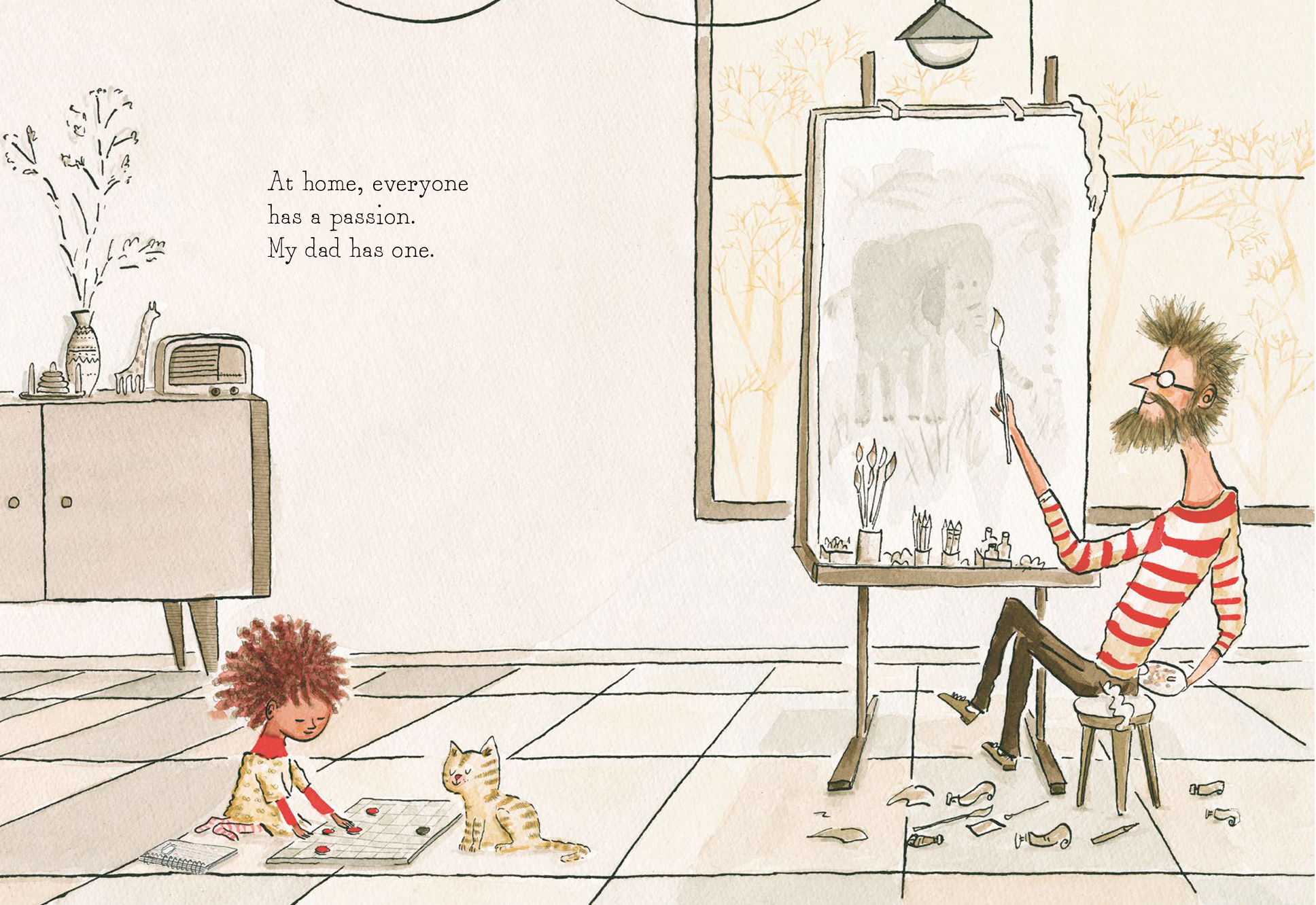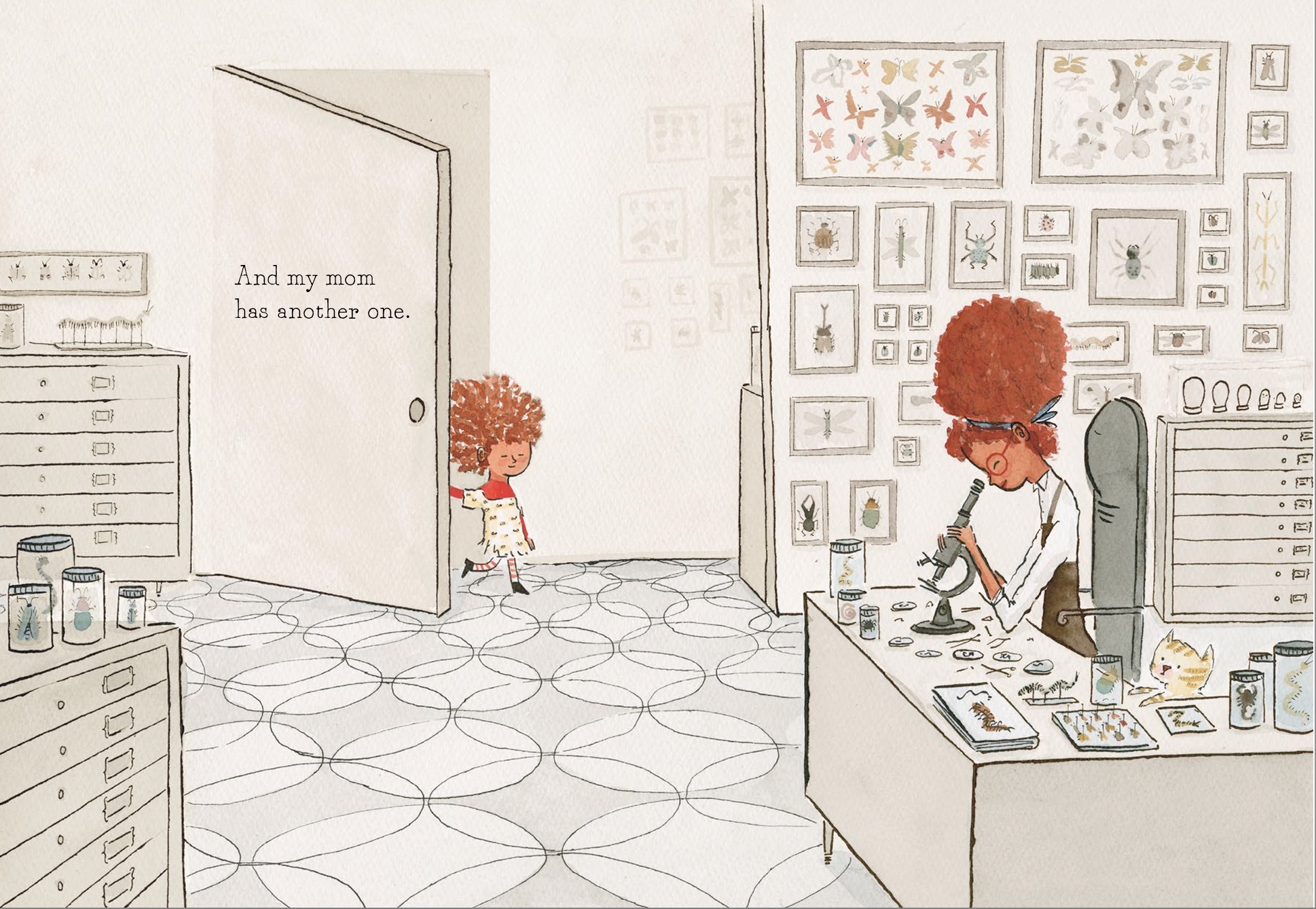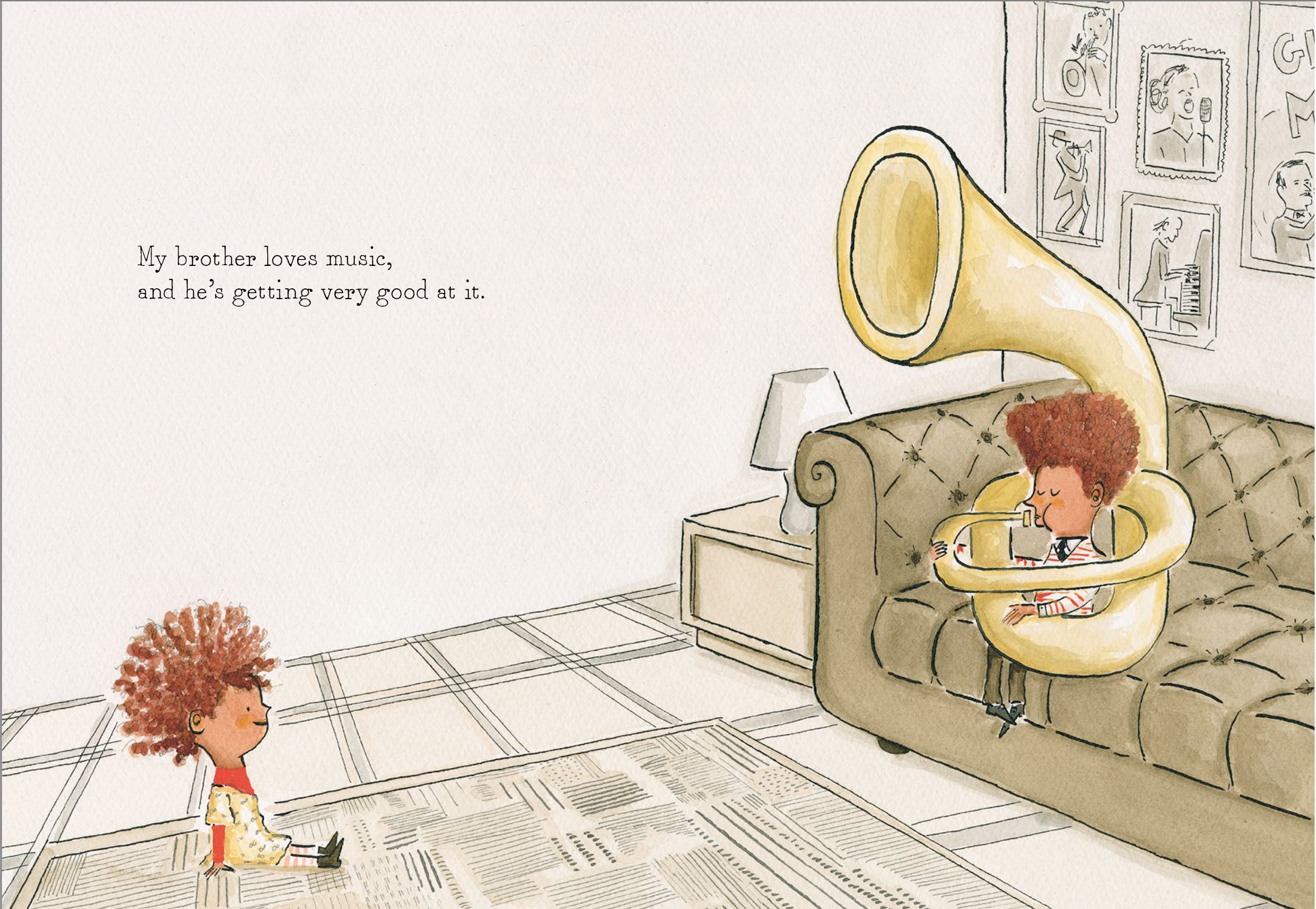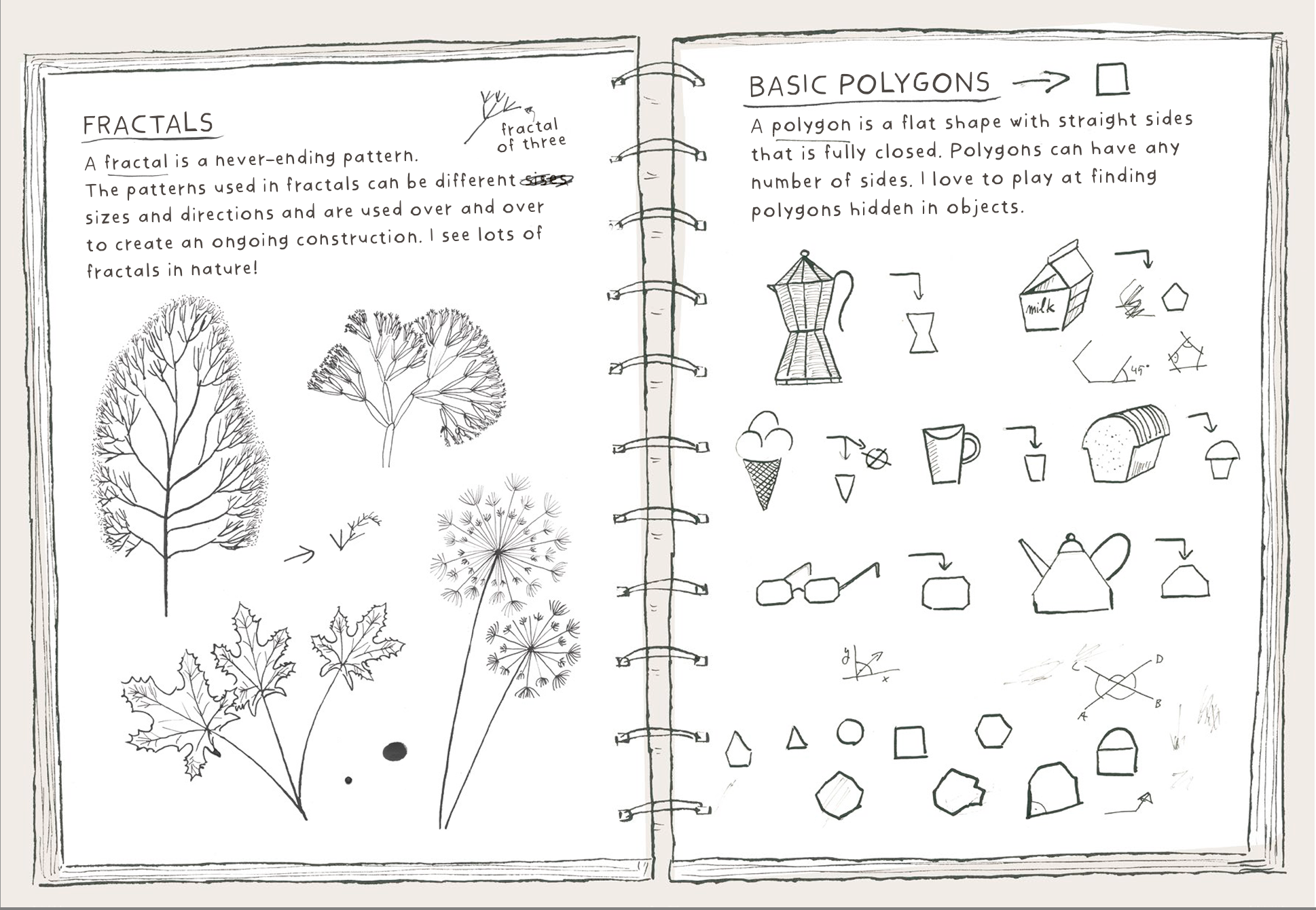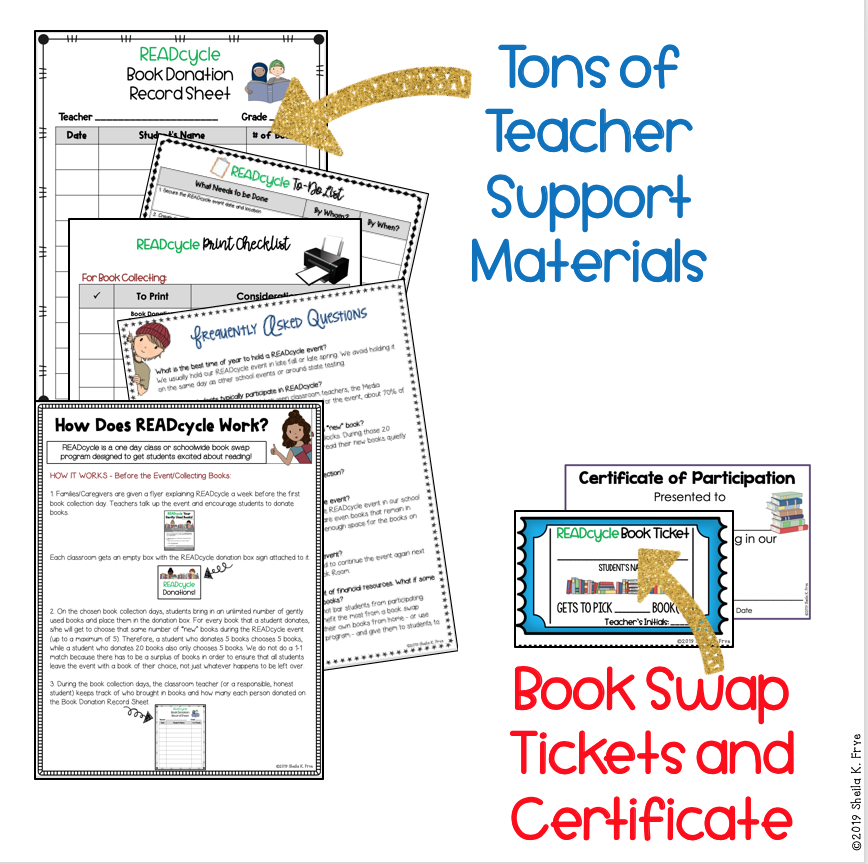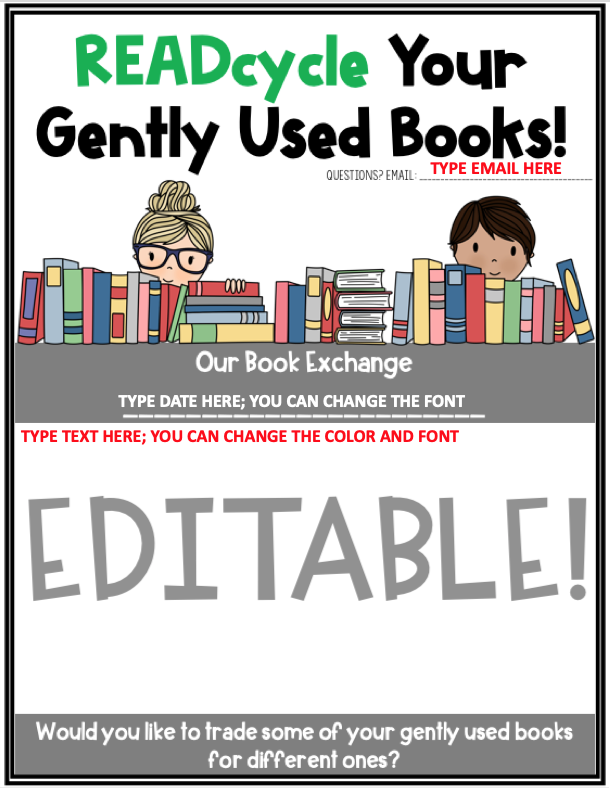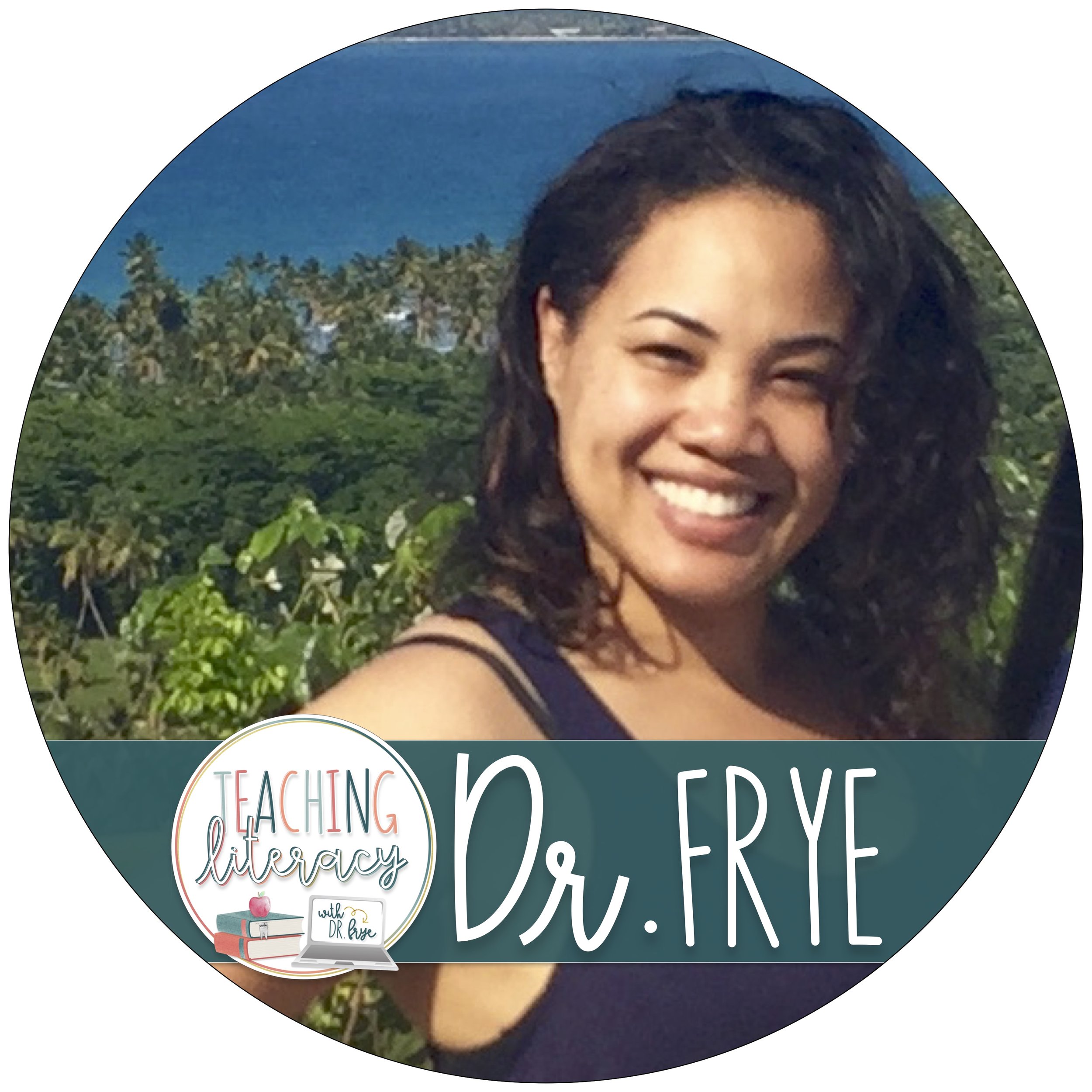Diversity Book Audit
/Last week, we highlighted the need to increase diverse books in our school/class libraries or curricula, and examined the demographics of the population that you serve. 📊
So what’s next?
A book audit.
😯 I know that sounds intimidating…but basically, a book audit is when you take an inventory of your books in light of specific characteristics, such as the ethnicity of the protagonist.
You could use this helpful tally sheet from @sfpsmom (bit.ly/DiverseLibraryInventory) or create your own in Google Sheets or Excel. Including the titles of the books is optional. If you’re feeling overwhelmed, just do the tally marks. The point is to identify whose voices are being represented through the books.
After you’ve gone through your school/class library and/or curricula, total up each column.
Now, sit with your data.
👉🏽 What patterns emerged?
🗣 Whose voices are the loudest? Quietest?
🤔 How does this data compare with the demographics noted last week?
⭕️ What gaps need to be filled?
These are hard questions. Feelings may arise that may not feel too good. Remember that diversifying your library/curricula is important work. We know better. Now we have to do better.
Next week, we will explore some notable nuances to consider when examining diverse books. Hope to see you then! ❤️💛💙💚🧡
Yours in Literacy,
Sheila 😊






